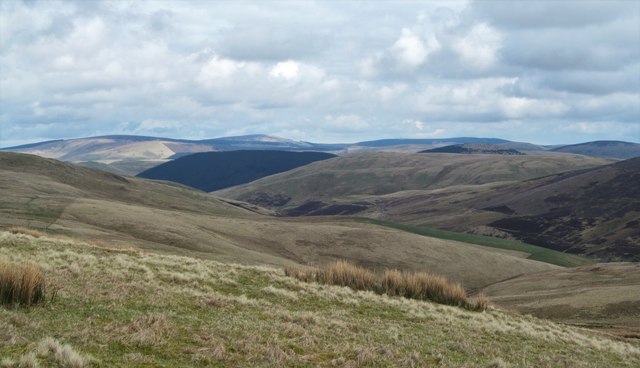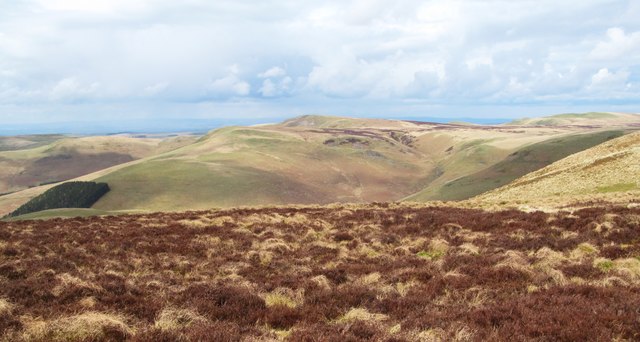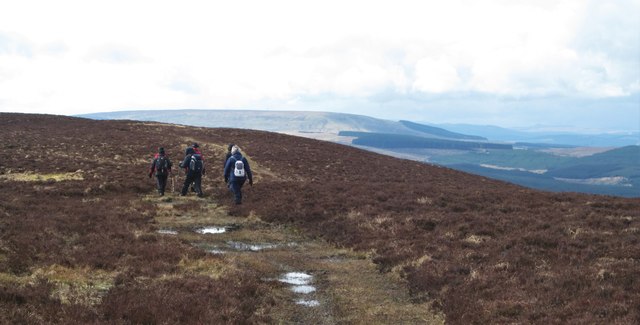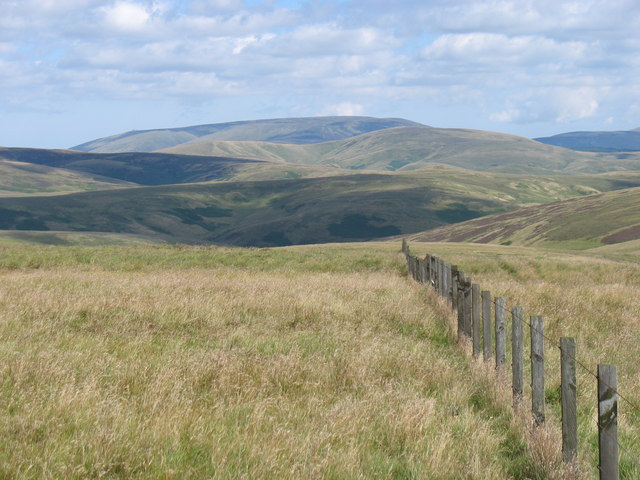Black Halls
Hill, Mountain in Roxburghshire
Scotland
Black Halls
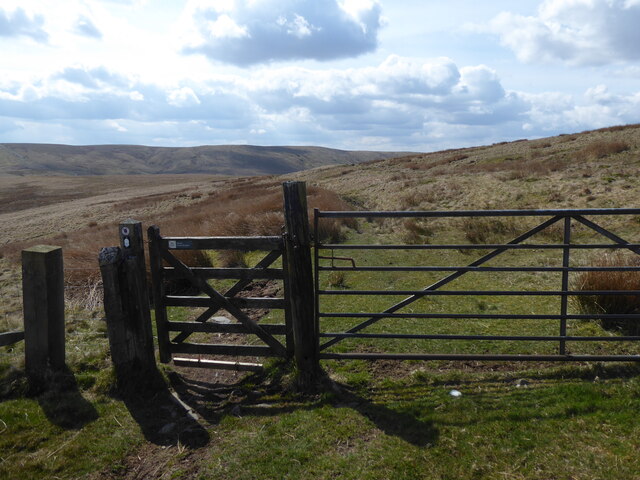
Black Halls is a prominent hill located in the county of Roxburghshire, Scotland. Situated near the village of Hawick, it forms part of the expansive Southern Uplands range. Known locally as a mountain, it stands at an impressive height of approximately 577 meters (1,893 feet) above sea level.
The hill is characterized by its distinct black appearance, which is a result of the underlying rock formation known as greywacke. This unique feature gives Black Halls its name and makes it easily recognizable from afar. The hill is surrounded by rolling green landscapes and offers breathtaking panoramic views of the surrounding countryside.
Black Halls is a popular destination for outdoor enthusiasts, attracting hikers, mountaineers, and nature lovers alike. Several well-marked trails lead to its summit, providing various levels of challenge for visitors. The ascent offers an opportunity to immerse oneself in the natural beauty of the area, with diverse flora and fauna to be observed along the way.
At the top of Black Halls, visitors are rewarded with stunning vistas of the surrounding hills, valleys, and the winding River Teviot. On clear days, it is even possible to see as far as the distant Cheviot Hills on the Scottish-English border.
With its striking appearance and captivating views, Black Halls stands as a prominent landmark in the Roxburghshire region, attracting both locals and tourists seeking an unforgettable outdoor experience amidst Scotland's natural wonders.
If you have any feedback on the listing, please let us know in the comments section below.
Black Halls Images
Images are sourced within 2km of 55.391928/-2.3355931 or Grid Reference NT7810. Thanks to Geograph Open Source API. All images are credited.

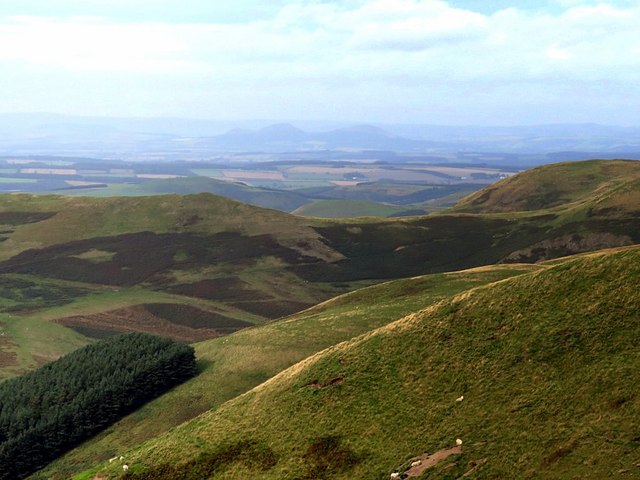

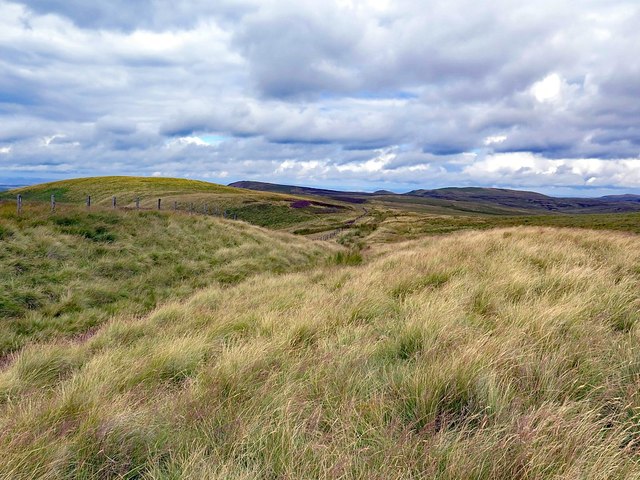
Black Halls is located at Grid Ref: NT7810 (Lat: 55.391928, Lng: -2.3355931)
Unitary Authority: The Scottish Borders
Police Authority: The Lothians and Scottish Borders
What 3 Words
///crew.prompting.hourglass. Near Rochester, Northumberland
Nearby Locations
Related Wikis
Chew Green
Chew Green is the site of the ancient Roman encampment, commonly but erroneously called Ad Fines (Latin: The Limits) on the 1885-1900 edition of the Ordnance...
Pennymuir Roman camps
The Pennymuir Roman camps are situated southeast of Jedburgh in the Scottish Borders area of Scotland, near the Anglo-Scottish border, in the former Roxburghshire...
Featherwood Roman Camps
Featherwood Roman Camps are neighbouring archaeological sites in Northumberland, England, 1 mile (1.6 km) north of Featherwood and about 3 miles (5 km...
Barrow Burn
Barrowburn is a hamlet in Upper Coquetdale in the county of Northumberland, England. It comprises a working farm with associated buildings and two holiday...
Have you been to Black Halls?
Leave your review of Black Halls below (or comments, questions and feedback).
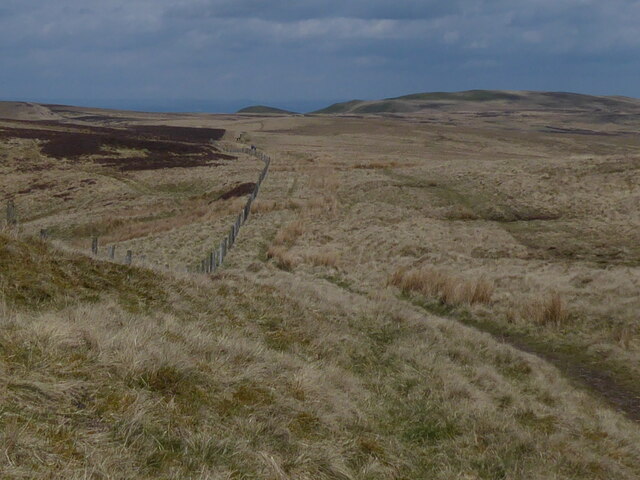



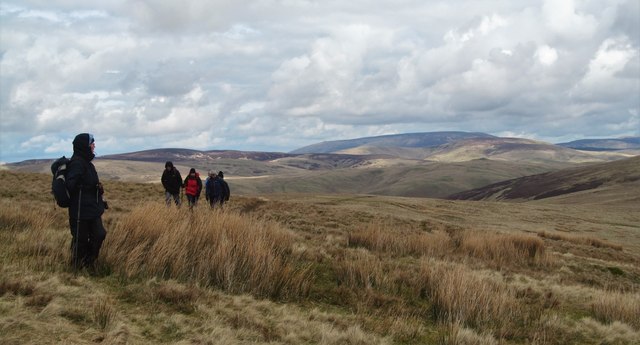
![Waymarker post on Brownhart Law The comfort of a green dotted line on the map and also a waymarker to show that we are just on the English side of the border. Scotland [with heather] appears on the right hand edge of the photo.](https://s0.geograph.org.uk/geophotos/04/90/97/4909784_ce22dd11.jpg)
